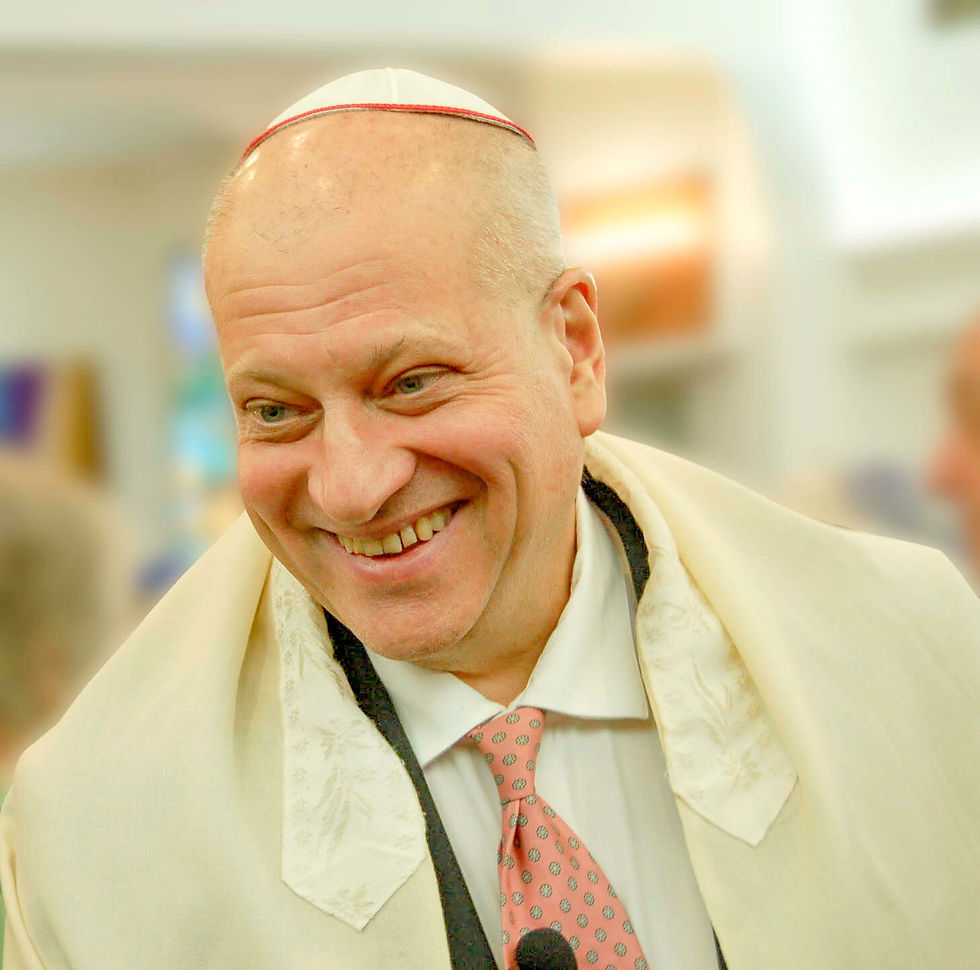Just Published in Phoenix Jewish News Parshat Bereshit Genesis 1:1-6:8 Rabbi Dana Evan
- danaevankaplan
- Oct 25, 2019
- 3 min read
This week we start reading the Torah from the beginning. The parsha is one of the most fascinating portions in the entire Torah. Indeed, there is so much exciting material in it that it is unfortunate that it is all crammed into one single week. I could see focusing on dozens of episodes that occur all within this single portion. Parshat Bereshit reads almost like a film script.

But a close philological reading suggests that it did not start out as a unified document. By examining the grammar, vocabulary and other aspects of the texts, biblical scholars have convincingly demonstrated that there are multiple strands within this narrative. In other words, there are at least two separate texts which have been redacted to form the single document we see before us! In particular, there are two creation stories that have been woven together. For example, you will note that there are two explanations for how Eve came to be; the more famous version has Eve being fashioned out of Adam’s rib, while the more egalitarian explanation states simply that God created man and woman at the same time: “So God created humankind in God’s own image, in the divine image of God created them; male and female God created them” (Genesis 1:27).
To recap the highlights of this parsha, God creates the world in six days and six nights and then rests on the seventh (Genesis 1:1-2:3). This becomes one of Judaism’s central theological justifications for the observance of Shabbat. Adam and Eve are placed in the Garden of Eden where they are told to not eat from the fruit of a certain tree. They do so anyway, and as a consequence they are exiled from the Garden (Genesis 2:15-3:4). Once outside the Garden, human behavior turns ugly and their son, Cain, kills his brother, Abel (Genesis 4:1-24). By the end of the portion, God is becoming increasingly uneasy with human behavior, although God nevertheless recognizes that some people are behaving better than others.
The Book of Genesis is propagating a creation myth, meaning that it is bringing forth stories to connect people of that time with the distant past. When we talk about ‘myth’ or ‘mythology’ in religion, we are not suggesting that it is necessarily not true, which is the implication in popular usage. Rather, a myth in religious-studies terminology is a story that is passed from generation to generation because it has metaphorical meaning to the people doing the telling and retelling. It may be historically accurate or it may not, and that really doesn’t matter to us.
What does matter is that it resonates deeply and emotionally over the course of multiple generations. We retell the story over and over, reinterpreting it as we retell it. The story comes from Jewish traditional teachings from thousands of years ago — perhaps 2,500 or even 3,000 if we need to put a number on it — but it becomes uniquely ours through the process of retelling it. Our creation myth helps us to understand human origins in a uniquely Jewish manner and develop a Jewish religious discourse which is distinctive. It is not meant, of course, to conflict with science. We Jews should be willing and desirous of incorporating scientific advances into our religious understandings.

Our task is not simply to read the parsha, but to make it our own by studying it in a communal setting. In our congregation in the West Valley, we have a women’s Rosh Hodesh group which is getting together this week to analyze this story from a female perspective. They are particularly interested in Eve’s actions and how she explains those actions. They have been studying the biblical narrative and all sorts of secondary sources to help them guide a discussion and help our community to understand the biblical text. Perhaps even more importantly, studying the biblical narrative and other sources will help us see and feel the difficulties Eve faced and the ways in which she responded to those challenges, helping us to live our lives with keener intellectual acuity and greater emotional insight. JN
http://www.jewishaz.com/religiouslife/torahstudy/connecting-with-the-past-to-understand-our-origins/article_93b166d6-f5a6-11e9-b0c8-ab960934e8b6.html




Comments